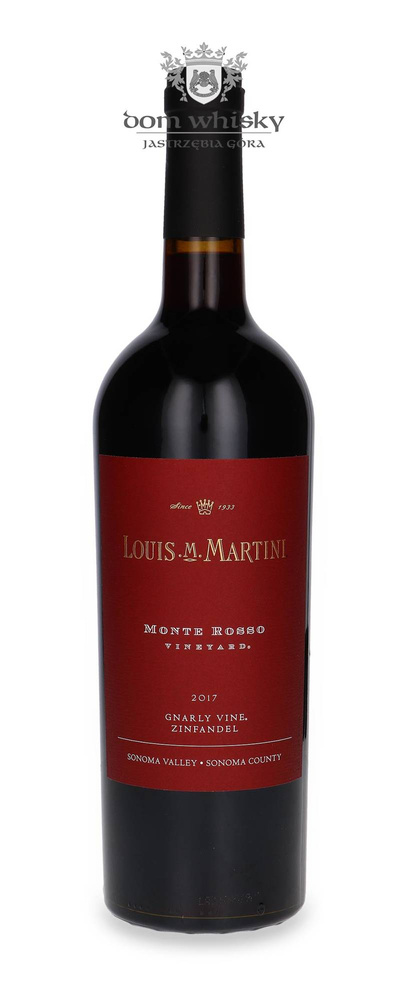Product description
The history of the brand began when Louis M. Martini came to the United States from Genius in 1899 to join his father in San Francisco. In 1906, Louis and his father made their first wine, after which his father sent young Louis to Italy to learn the secrets of production in the best vineyards. During prohibition, the company LM Martini Grape Product was founded and entered the market with the production of sacramental wine and concentrate for home winemaking, which allowed it to develop even in such a difficult time. Anticipating the abolition of prohibition, Martini decided to build a vineyard in St. Helena, north of Napa, obtaining a production permit, but the company could not start its first sales until December 5, 1933. Continuously developing, Louis also focused on the development of the entire wine region, establishing the Napa Valley Winemakers Association in 1943. The vineyard is associated with all kinds of novelties and technical modernizations aimed at streamlining production and improving the quality of its wines.
Since 2002, the winery has been owned by the Gallo family, friends of the Martini family, and has continued to grow, setting new milestones in the history of California winemaking. In 2008, Louis P. Martini was inducted into the Winemakers Hall of Fame, recognizing his significant contribution to California winemaking. This continued growth resulted in Lot. No. 1 Cabernet Sauvignon receiving a perfect score of 100 out of 100 points from The Wine Advocate Robert Parker in 2017.
A great example of quality wine made from 100% Zinfandel. The grapes used for production were harvested and selected by hand. Then cold soaked before the first fermentation. It matures in a combination of French and American oak barrels, in the first case 53% of the barrels are new, the rest used, in the second 25% new, the rest used. The total maturation period is 16 months. On the nose it is very aromatic, full of notes of ripe red fruits, with a touch of spice. On the palate it is full and rich, and soft, with good integration of fruitiness and juicy tannin, with pleasant acidity. The finish is long and lively, with a delicate cinnamon aftertaste.
It tastes best when served at a temperature of 16-18 degrees. Decanting is recommended to optimally aerate the wine – then it will have the opportunity to show its full qualities. In culinary combinations, it works well with game birds, roast duck, or poultry in heavier sauces.

